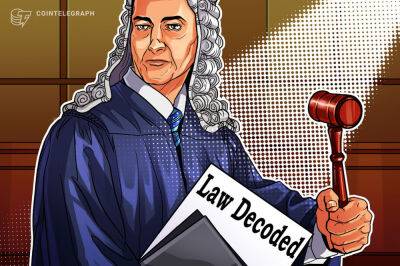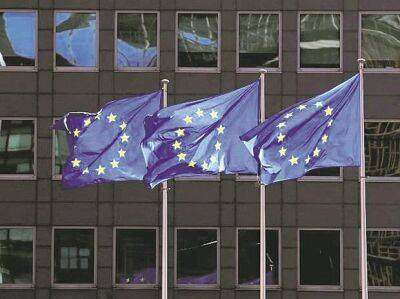How EU plans to tame the wild west of cryptos
On 30 June, the European Parliament agreed upon a new law to regulate cryptocurrencies. The Markets in Crypto-Assets (MiCA) law is the first comprehensive regulation for cryptos, and some expect it to become a trendsetter for crypto regulation globally. Mint explains:
What is EU’s new MiCA legislation?
The MiCA law seeks to address concerns like money-laundering, protection of consumers and investors, accountability of crypto firms, stablecoins and the environmental footprint of crypto mining. Stefan Berger, one of the key lawmakers instrumental in the formation of MiCA, said it would regulate the “wild west" of crypto assets and provide legal certainty for those issuing crypto assets, while ensuring high standards for investors and consumers. It also excludes non-fungible tokens, but the EU may make a horizontal legislation for NFTs in 18 months, after a separate assessment from the European Commission (EC).
How will MiCA regulate stablecoins?
The efficacy of stablecoins, which claim to be less volatile that other cryptos, came into question after the crash of Terraform Labs’ Luna token. The MiCA would mandate that stablecoin issuers maintain minimum liquidity to provide for sudden large withdrawals by users, and the reserves must also be protected from insolvency. The European Banking Authority (EBA) has been brought in to supervise stablecoins, and the law asks stablecoin issuers to provide claims to investors free of charge. In addition, large coins which are used as a means of payment will be capped at €200 million worth of transactions per day.
How will the new law regulate money laundering?
MiCA requires the EBA to maintain a public register of non-compliant crypto asset service providers (CASPs). Additional
Read more on livemint.com







